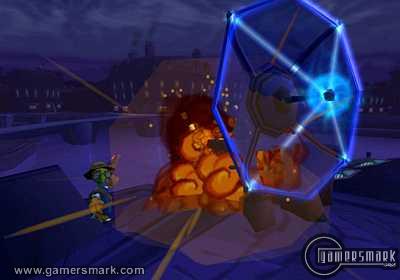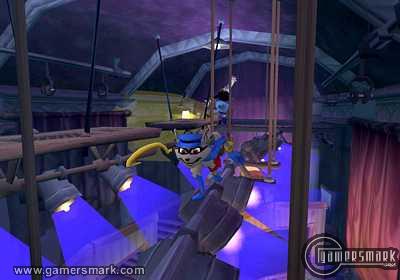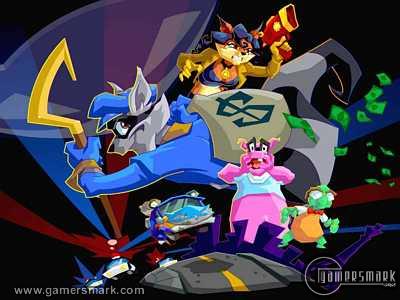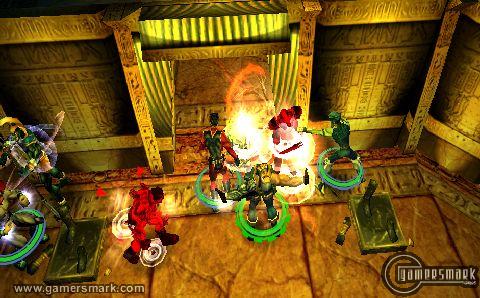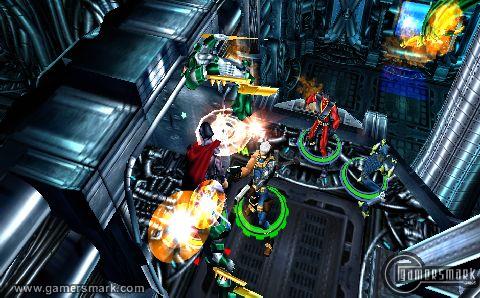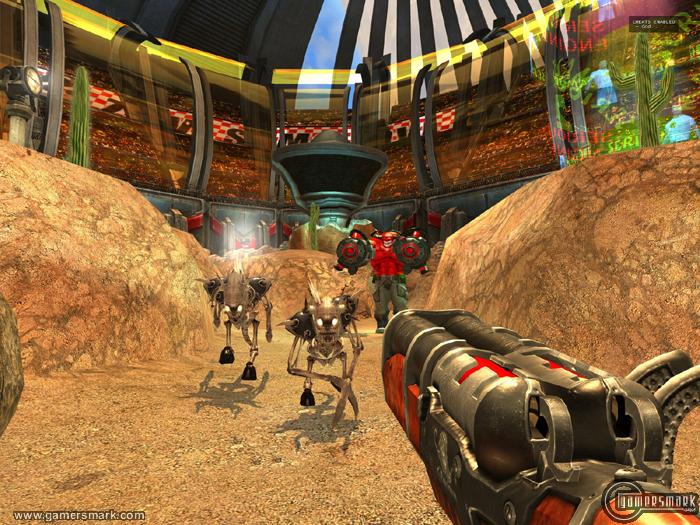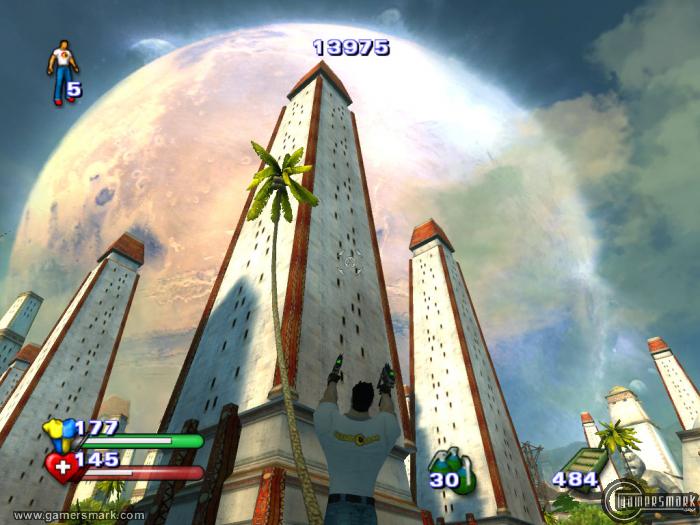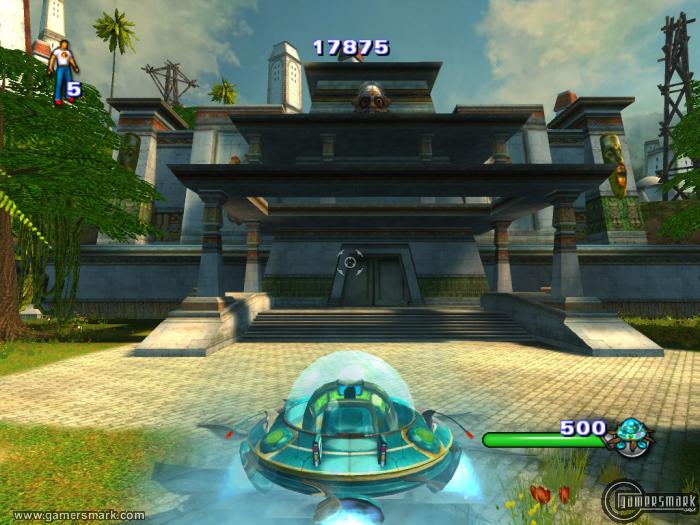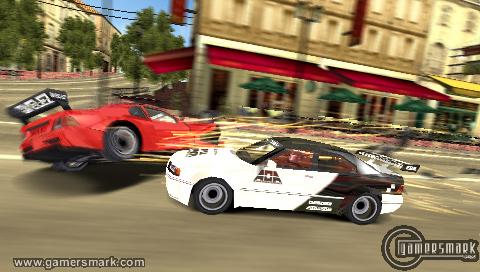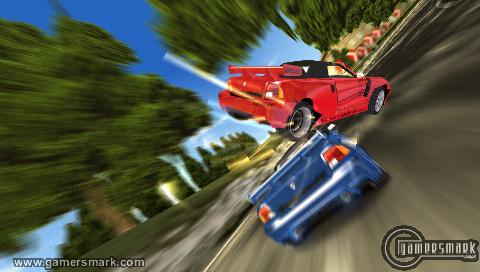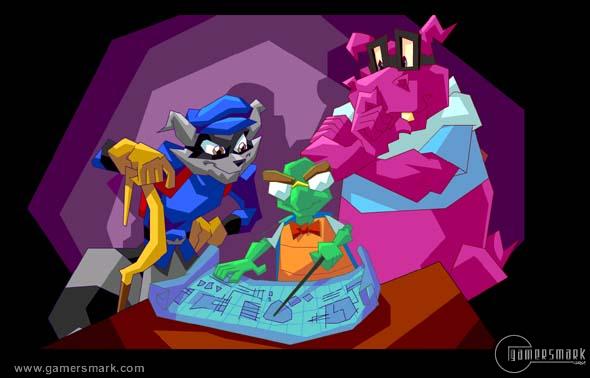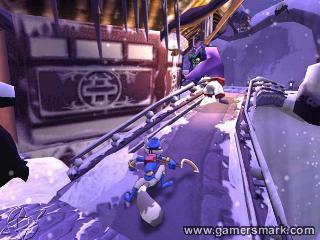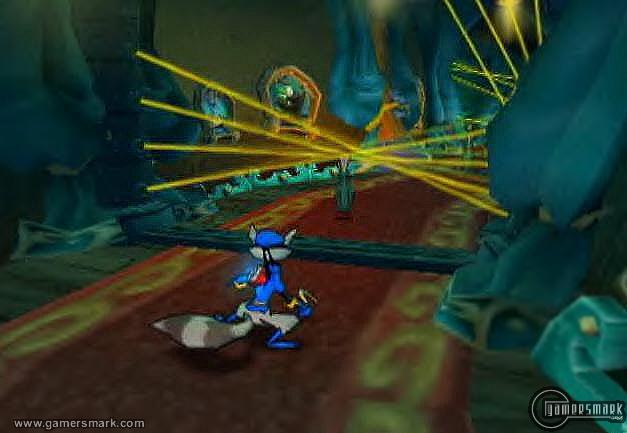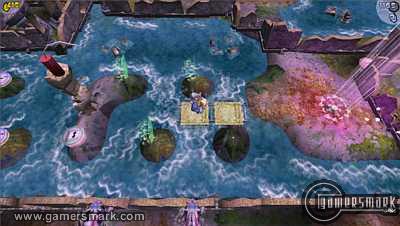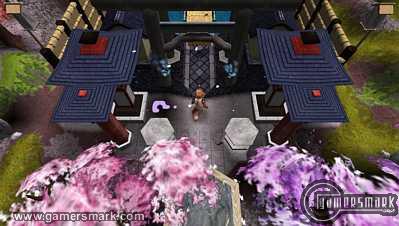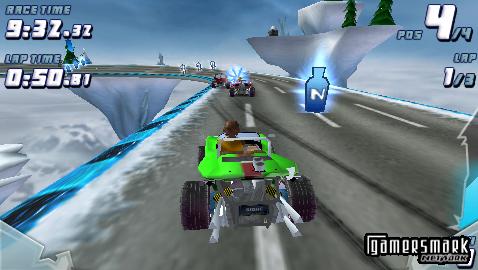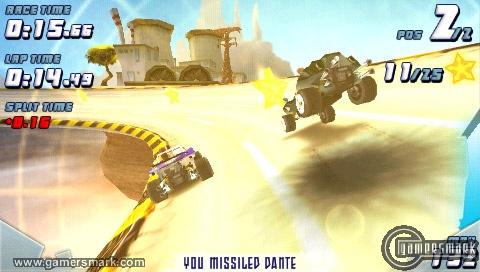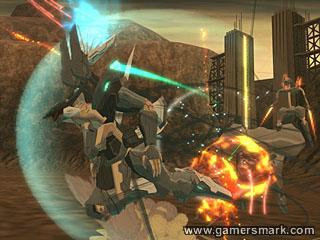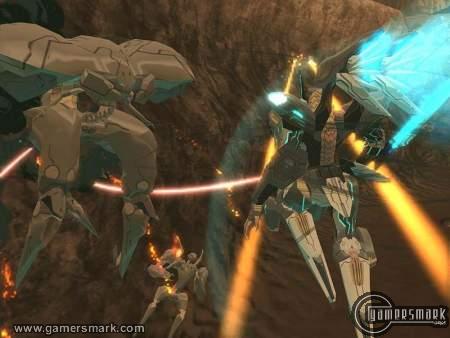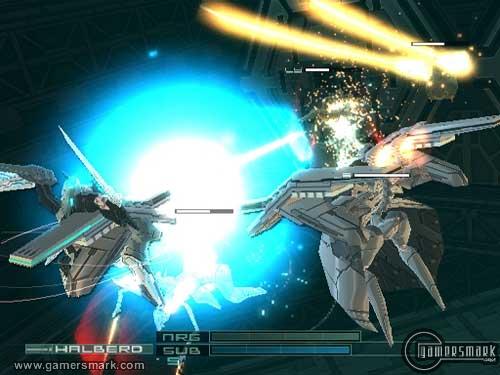Developer: Sucker Punch Productions / Publisher: Sony Computer Entertainment || Overall: 9.2/10
Sly 2: Band of Thieves is the follow-up to Sly Cooper and the Thievius Raccoonus. A major overhaul was made between the two games, and while the basic gameplay has transitioned over from the first game, Sly 2: Band of Thieves is an improvement over its predecessor in nearly every way. What had also made the first so great in terms of atmosphere and overall feel was carried over in almost every way, capturing the unique feeling that is to be expected for a sequel.
The story in Sly 2 follows up two years after Sly had defeated Clockwerk the Owl. After Sly Cooper was able to defeat Clockwerk (he was made of metal parts), his mechanical pieces were stored in a warehouse. That is until the Klaww Gang stole the Clockwerk parts to use for their criminal plans. Because Clockwerk was a super-evil owl that was bent on destroying the Cooper clan, Sly Cooper made it his mission to steal back all the Clockwerk parts as to avoid any kind of reincarnation of his nemesis.
The major gameplay change in transition to Sly 2: Band of Thieves comes in the basic level design; it is all free-roaming and mission-based. The sectioned-off areas from the first game are gone, as all the missions you’ll play are in a large “city” that is unique to the episode you play in. The game itself is segmented into episodes, like the first, and the overall story is presented in a way as if it were a cartoon. Another important change comes in the perfection of the controls — the ailments of gameplay that were present in the first (mostly in association with the special moves) have basically disappeared. Instead of cycling through special abilities to use by pressing the triangle button, you assign the moves to the shoulder and trigger buttons, allowing for better control. Not only that, the L3 and R3 are also utilized – it immensely streamlines the control interface by putting functions you don’t use often to less accessible buttons. The refinement of the control scheme from the original to the sequel is definitely a welcomed change. A new default ability added to the game is crawling under items (like tables and cars), which aids in your sneaking around.
Health is also a major change to the game. As opposed to the one-hit defeat that was prevalent in the first Sly game, you’ll be able to take as many hits as it takes for your health to fully deplete. What this also means is that your enemies will also take more than one hit to be defeated. There is also the complete eradication of any sort of life-gaining system, since there is no concept of “lives.” You’ll just be able to retry over and over again, which definitely does decrease the difficulty of the game. Since coins used to be only used to gain lives, they have taken on an actual purpose for being money in the first place – being able to buy things with them. What you can buy, exactly, are more moves (known as gadgets) to use during the game. Making money becomes an important factor as you’re able to loot guards and actually have an incentive to collect more money.
Sly 2: Band of Thieves doesn’t stop there in its gameplay changes, however. Though the game is named after the main character Sly Cooper, you’re able to take control of Sly’s friends, Bentley and Murray. While most of the game you’ll play with Sly Cooper, Bentley and Murray take active roles in missions made specifically for them. They’re not as “useful” per se as Sly is, but Bentley and Murray have their own fleshed-out set of moves that really signifies them from each other. There are also some missions where all three characters will be out to complete the objective (such as two defending the other while he does something), and it mixes up the variety of missions and how they’re completed. Other pieces of variety added into the game include mini-games which are very similar to retro genres (such as the shooter) and are worked into the game.
While the free-roaming level designs in Sly 2 are very intuitive, some of the advantages to having linear levels are lost. In the first Sly game, the levels were full of action, forcing you to think fast and use timing to get through the levels, but while these elements are still present in Sly 2, they just don’t seem as diverse. But saying that there are absolutely no linear-style stages in Sly 2 would be a farce; there are some worked in to diversify the gameplay. The way the missions are laid out in the game is in a nice format. Typically, you’ll be completing a bunch of missions as you set up the “big heist” that is at the end of the episode you are on. It actually makes you feel like you’re part of the planning process and by completing the big heist at the end of each episode you see what all your previous work came down to, giving a great sense of accomplishment.
Sly 2 also improves in the amount of things to collect. If you remember from the first one, you had to collect 30 bottles for almost every stage – that made about 120+ bottles to collect, in effect making the game a collectathon — but no more! You only have to collect thirty per stage, and it’s completely optional to do, as the clue bottles will help you open safes for special moves you can get through the game fine without. Only if you wanted to complete 100% of the game is it really necessary to collect the bottles.
The graphics are pretty much the same as were used in the first except with a definite polish. Since the whole game is cel-shaded, it really makes everything look good, especially if you like cel-shading. The cel-shading accompanies the animation scenes to create the feeling that you’re playing a cartoon. Most of the sound was also carried over from the first game, except of course the voice acting. Voice acting also received a definite sort of “polish” from the first as well in terms of audio quality, and the actual actors’ acting abilities. The biggest changes that were noticeable to me were Carmelita Fox’s voice and Sly Cooper’s voice. Carmelita Fox’s voice was a big change because, well, she lost her almost stereotypical Latina accent that was used in the first game. Sly Cooper’s voice actor must have had voice acting lessons during the development of the second game because his voice is definitely a lot better than what had been presented in the first.
There really isn’t anything bad about Sly 2: Band of Thieves. It’s a game that you can definitely get your money’s worth out of, especially because you can find it at a budget price now. And while the story isn’t exactly a masterpiece, it definitely keeps you going. Sly 2: Band of Thieves is one of the greatest platforming games to be released, and it really encompasses the evolution of the genre itself.

